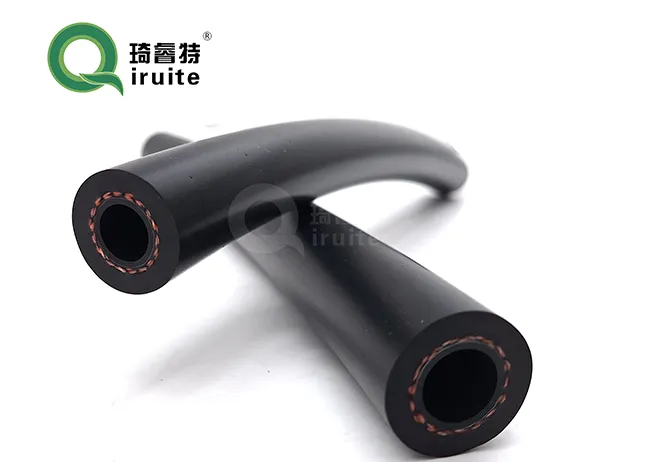r134a with hose
Understanding R134a and Its Applications with Hoses
R134a, or 1,1,1,2-Tetrafluoroethane, is a hydrofluorocarbon (HFC) refrigerant that has gained widespread use in automotive and commercial refrigeration applications since its introduction in the early 1990s. It was developed as a replacement for R12, a chlorofluorocarbon (CFC) known for its ozone-depleting properties. One of the critical components in any refrigerant system, including those that use R134a, is the hose that carries the refrigerant throughout the system.
The Importance of Hoses in Refrigerant Systems
Hoses play a vital role in any cooling system, acting as conduits for the refrigerant as it moves between various system components, such as the compressor, condenser, and evaporator. In the case of R134a applications, the hoses must withstand specific pressures and temperatures while maintaining a good degree of flexibility and durability. This is particularly crucial in automotive applications, where hoses are often subjected to dynamic conditions like vibration, flexing, and temperature variations.
Types of Hoses Used with R134a
When dealing with R134a systems, several types of hoses are typically employed, including
1. Refrigerant Hoses Specifically designed to transport refrigerants, these hoses are constructed from materials that can withstand the specific chemical properties of the refrigerant, including its pressure and temperature ranges. Common materials include synthetic rubber or thermoplastic.
2. High-Pressure and Low-Pressure Hoses In any refrigeration system, it is essential to differentiate between high-pressure and low-pressure hoses. High-pressure hoses are used to transfer the refrigerant from the compressor to the condenser, while low-pressure hoses typically move it from the evaporator back to the compressor.
3. Barrier Hoses Given the evolving regulations surrounding refrigerants and their effects on the environment, barrier hoses are increasingly used. These hoses have an inner lining that minimizes permeation of the refrigerant, thus reducing the overall environmental impact.
r134a with hose

Key Considerations for Using Hoses with R134a
1. Temperature and Pressure Ratings It is essential to select hoses that can handle the typical pressures (up to 350 psi for high-side applications) and temperatures (-40°F to 250°F) that will be encountered in R134a systems. Using hoses that are not rated for these conditions can lead to potential failures, leaks, and environmental damage.
2. Compatibility Ensure that the materials used in the hose are compatible with R134a. Some older hoses, originally designed for CFCs like R12, may not perform well with HFCs and could degrade over time.
3. Size and Fit Proper size and connectors are vital to ensure a secure fit within the refrigeration system. Leaks due to improper sizing can lead to decreased efficiency and increased emissions of refrigerants into the atmosphere.
4. Maintenance and Inspection Regular checks on the hoses are essential for keeping the refrigeration system operational and efficient. Look for signs of wear, cracking, or any loss of flexibility, which could indicate a potential failure.
Environmental Considerations
While R134a was seen as a more environmentally friendly alternative to R12, it is important to recognize that it is still a greenhouse gas with a high Global Warming Potential (GWP). The industry is moving towards refrigerants with even lower environmental impacts, leading to a focus on alternative refrigerants. To comply with environmental regulations, proper handling, and disposal of R134a systems, including the hoses, is critical.
Conclusion
In conclusion, R134a plays an essential role in modern refrigeration systems, particularly in automotive applications. The hoses connected to these systems are critical components that ensure the safe and efficient transport of refrigerant. Careful selection, maintenance, and consideration of environmental regulations are vital parts of managing these systems. As the industry continues to evolve towards more sustainable practices, understanding the nuances of refrigerants and their associated components, such as hoses, will become increasingly important for engineers and technicians alike.
-
Ultimate Spiral Protection for Hoses & CablesNewsJun.26,2025
-
The Ultimate Quick-Connect Solutions for Every NeedNewsJun.26,2025
-
SAE J1401 Brake Hose: Reliable Choice for Safe BrakingNewsJun.26,2025
-
Reliable J2064 A/C Hoses for Real-World Cooling NeedsNewsJun.26,2025
-
Heavy-Duty Sewer Jetting Hoses Built to LastNewsJun.26,2025
-
Fix Power Steering Tube Leaks Fast – Durable & Affordable SolutionNewsJun.26,2025

